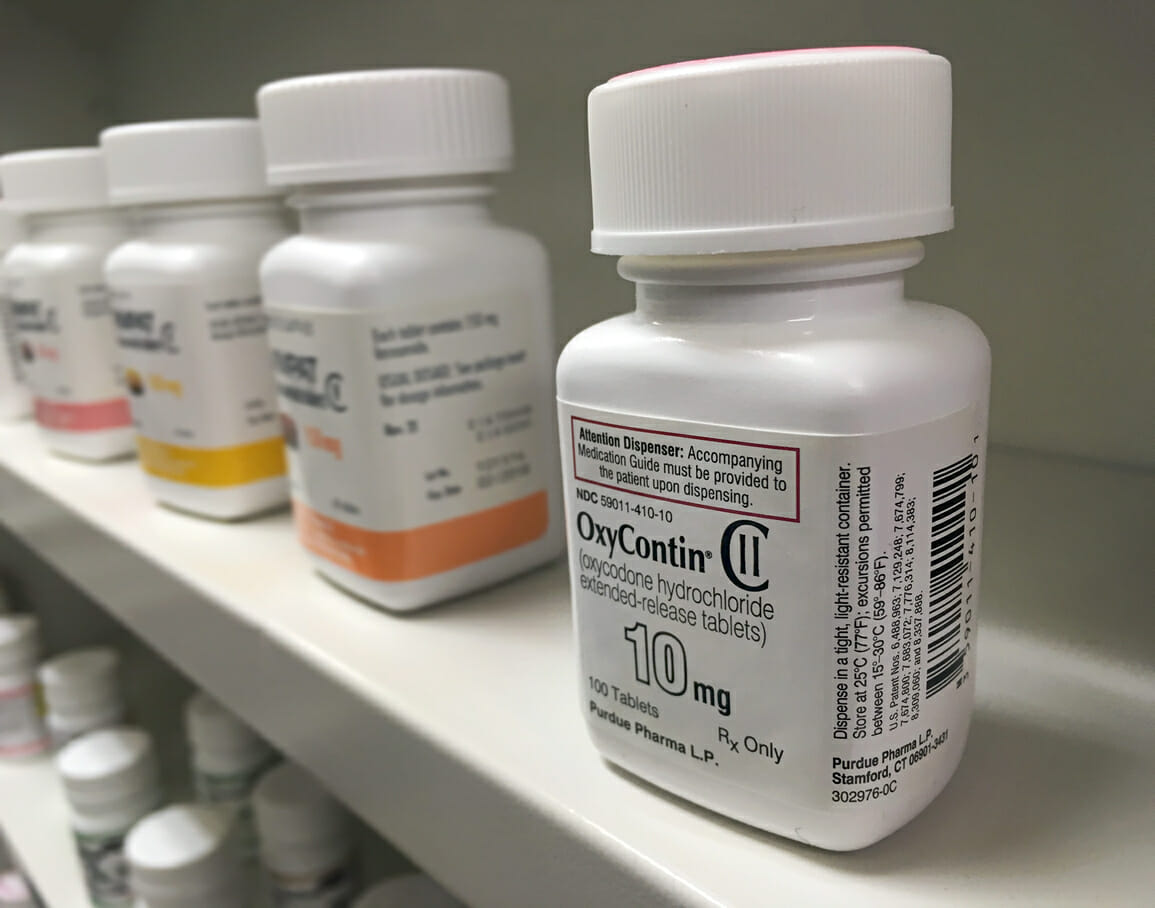Another side of the opioid-heroin crisis

John Lennon’s unmistakable lilt filtered through the crowded community center like audible sunlight.
When he sang the first strains of “Beautiful Boy,” tears flowed and hearts ached for the family of Tommy Jones V. The young man’s loved ones and friends gathered not in a stained-glass cathedral, but in a building located in the middle of a park. On that gentle winter day, the park was alive with families pushing strollers, children scampering, and a tournament of Frisbee golfers -- just the scene Tommy would have appreciated.
“Before you cross the street
Take my hand
Life is what happens to you
While you’re busy making
other plans ...”
Hearts were broken not only because the family had lost its beautiful son far too soon, but also because of the way that life was taken. Jones, 35, was shot and killed on Nov. 5 in a home-invasion robbery involving a small amount of cash and heroin. Before long police arrested two suspects, who were captured on a security camera entering Jones’ residence.
Jones struggled with opioid use, was using drugs and dealing some. That fact, taken singly, will be enough for some to write him off as just another druggie, but to see the broad spectrum of humanity turn out to mourn his loss and embrace the importance of his life is a reminder that he was once that beautiful boy celebrated in song and a man with so much potential.
You may have known Tommy Jones. You surely know someone much like him. Whether strumming a guitar, dribbling a basketball, or racing downhill at breakneck speed, complex skills seemed to come easily for him. Some kids just have the knack, an innate ability to master skills that elude the rest of us despite years of effort.
Sometimes the grind of life is the hardest skill to master.
Jones developed a drug problem and fought it. He had good jobs and impressed his bosses, but was distracted by his personal struggle and sidetracked by some of his friends. Like so many others, his drug activity centered around opioids. Powerful prescription painkillers, but more recently smokable tar heroin, the kind that takes contacts on the street, the sort that leads to dangerous shadow world.
The opioid epidemic that washes over this country generates endless misery. The challenges and tragedies it generates consume families, too.
The examples are endless, easily found. It seems no family is immune. Drug overdose deaths topped 50,000 nationally in 2016 and most of that carnage was linked to opioid abuse. Prescriptions for opioids such as Oxycontin quadrupled from 1999 to 2010, according to the American Society of Addiction Medicine. It is the leading cause of death, according to the Centers for Disease Control and Prevention.
The latest CDC analysis reports attempt to curb excessive prescribing by physicians show signs of success, but the country remains awash in opioids. It’s a tide that will take years to turn -- one threatened by funding cuts to health and human services in Washington.
As Brandeis University addiction specialist Andrew Kolodny told NPR, “We’re in the midst of the worse drug addiction epidemic in United States history, but we are still massively over-prescribing.”
The epidemic continues to feed large pharmaceutical manufacturers and creates a whirling turnstile of business for addiction rehabilitation clinics.
Overdose deaths have surged in the heartland, inner city, and suburbia. Nevada’s pain has mirrored America’s. The state’s alarming 2013 CDC Status Report, which found Nevada without a pain clinic tracking law and well behind other states in following best practices in spotting opioid abuse, generated heat that has led to a more conscientious fight -- if not exactly improved results. Clark County recorded slightly more than one death per day due to opioid overdose, and Nevada is still shamed by the nation’s fourth-highest overdose rate.
In April, more than $5 million in federal funding to fight Nevada’s opioid crisis was promised. And Gov. Brian Sandoval and state lawmakers this year showed an enlightened understanding of the issue and its long-term costs. The battle must remain a priority, one that rises above politics, or it will surely be lost.
“`Before you go to sleep
Say a little prayer
Every day in every way,
it’s getting better and better
Beautiful, beautiful, beautiful
Beautiful boy ...”
There are no safe zones, and attempts to shutter pill mill pain clinics and reduce the snowstorm of prescriptions have managed to further complicate the issue: When prescription sources are scarce, addicts now commonly resort to cheap heroin.
Whether injected or smoked, when it comes to street heroin the doctor is always in.
That’s one of the cruelest twists in this dark saga: Patients become addicts and, all too often, addicts become criminals.
I wonder how many beautiful boys and girls will be lost, and how many families’ hearts will be broken, before this battle is won.
John L. Smith is a longtime Las Vegas journalist and author. He is also a contributor to KNPR 88.9 FM. Contact him at [email protected]. On Twitter: @jlnevadasmith.
Feature photo: Oxycontin bottle on shelf by Pureradiancephoto via iStock.com.
